(3804 products available)
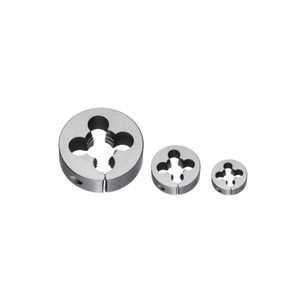


















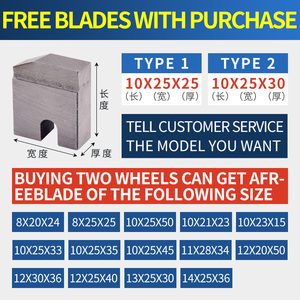
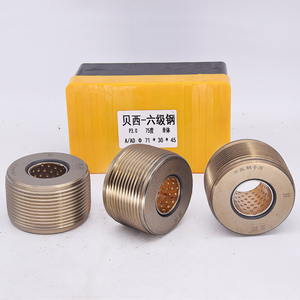




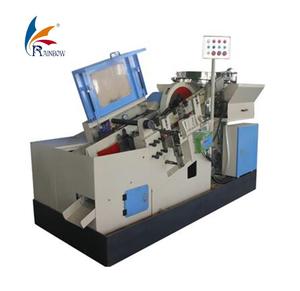

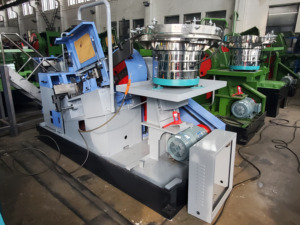










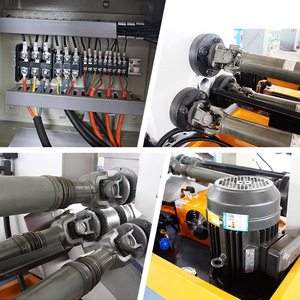










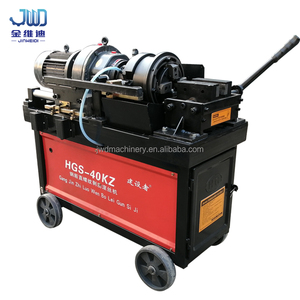


















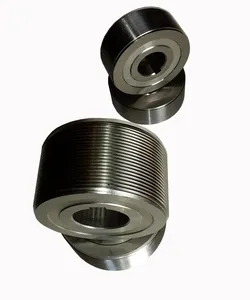
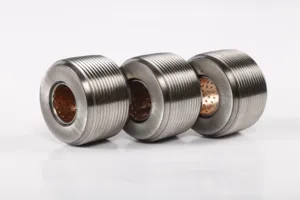












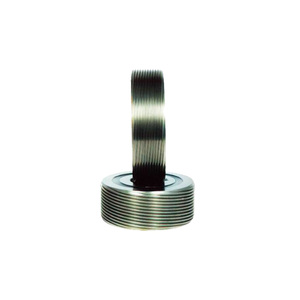


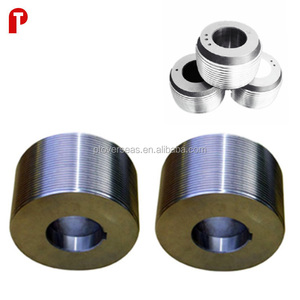

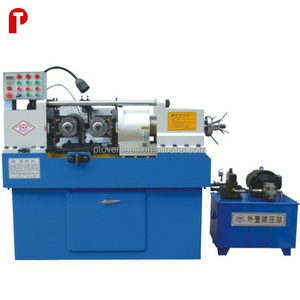

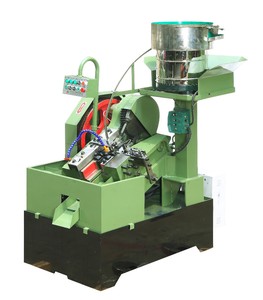


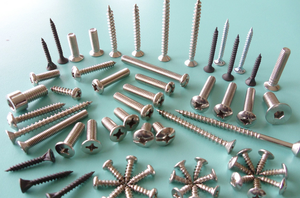






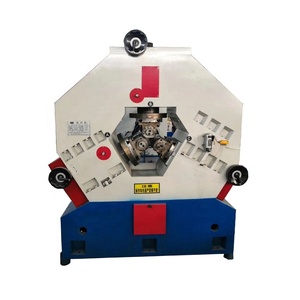















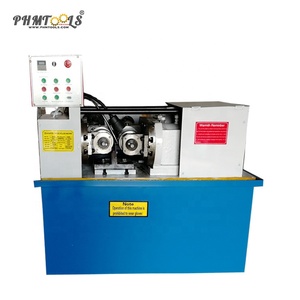


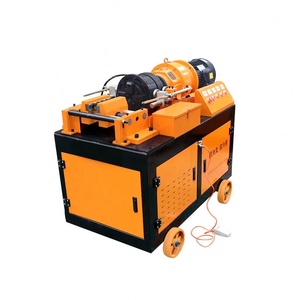























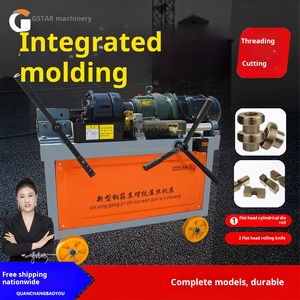


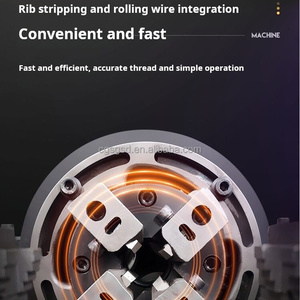








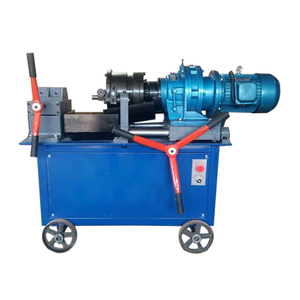







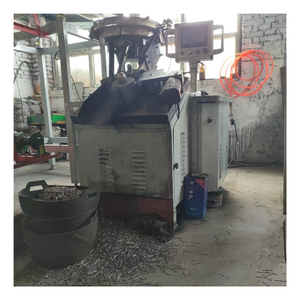

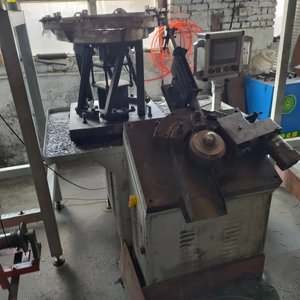






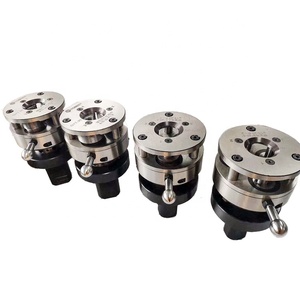

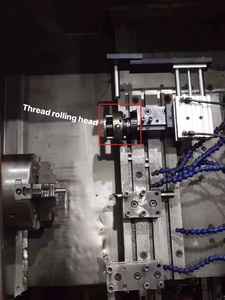


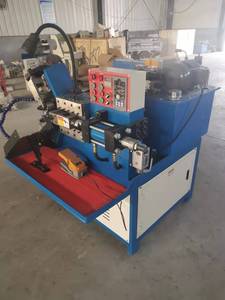










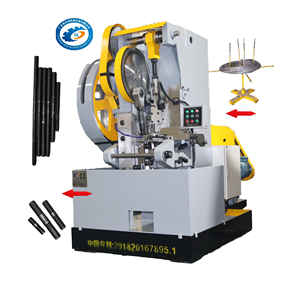
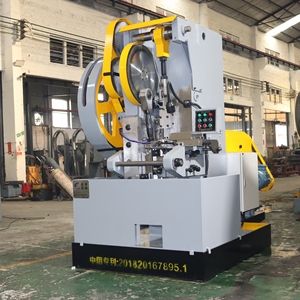

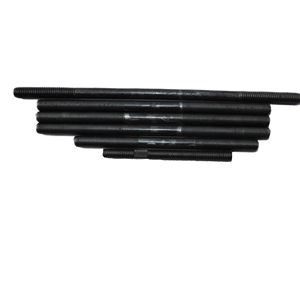
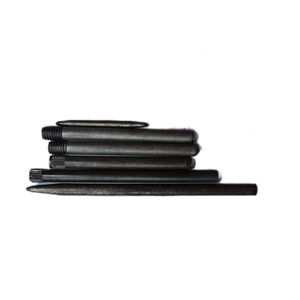

Thread rolling rollers are used in thread rolling machines that produce threads on cylindrical workpieces. They are usually made of alloy steel or tungsten carbide and are designed and shaped according to the desired thread profile and size.
Generally, thread-rolling dies can be classified into three categories based on their shape and manufacturing method:
Straight Rolling Threads
Straight rolling thread dies are usually disk-shaped parts with grooves that match the profile of the rolled thread. The workpiece is fed between two straight rolling threads, which then rotate together, deforming the material of the workpiece and forming the desired threads. Straight rolling threads are suitable for manufacturing threads of the same size and shape.
Spiral Rolling Threads
Spiral rolling thread dies are spiral-shaped parts, which are usually mounted on a rolling machine. The workpiece is rotated and fed into the spiral-shaped rollers. The roller moves the material in a spiral shape, forming spiral threads. Compared to straight rolling threads, spiral rolling threads are suitable for producing spiral threads with high precision and uniformity.
Universal Rolling Threads
Universal rolling thread dyes are generally disk-shaped or curved parts with several grooves. They can process various thread shapes and sizes by changing the feed and rotation speed. Moreover, they are often used in conjunction with other machining methods to manufacture more complex thread forms.
Specifications
Thread size range
The size range replicates that the diameter and length of the thread can roll. Some devices can roll fine threads, while others can roll big diameter threads.
Thread form
Machines can roll parallel threads, tapered threads, or other customized thread forms. The type of thread determines the shape and configuration of the rolled threads.
Materials
Machines can roll threads for different materials, such as steel, stainless steel, aluminum, brass, copper, and titanium. Material compatibility ensures precise thread rolling and quality results.
Capacity
It refers to the machine's ability to roll threads on rods or tubes of varying lengths. Some machines handle short lengths, while others accommodate longer workpieces.
Maintenance
Weekly lubrication
Clean the oiling parts with a cloth and apply clean lubricating oil appropriately on the machine's sliding guide rail oil cylinders, slide, and other moving parts.
Screw cleaning and lubrication
Cleaning the screws while removing impurities and applying grease to the screw ends and nuts ensures smooth rolling thread operations.
Machine cleaning
Remove the metal chips and dirt on the thread rolling machine by using an air gun. Clean the bearing parts, cooling system, and fan blades, ensuring efficient heat dissipation. It extends the machine's service life.
Precision adjustment
Periodic calibration ensures thread accuracy and consistency. Inspect the machine's various parts for damage. Repair or replace the thread roller if there is any abnormality, ensuring consistent, smooth rolling operations, stable clamping force, and high-precision thread rolling.
Overall, thread rolling machines and their components, such as thread rolling rollers, are utilized in a wide array of industries.
When selecting thread rolling machines for resale, the quality of the machine is very essential if buyers are to be satisfied. It is important to choose thread rolling machines that are made with sturdy and long-lasting materials. Additionally, verify that the machines meet international quality standards. This will ensure that they can handle heavy use without frequent breakdowns or repairs. When rolling threads onto rods and shafts, operators expect the process to be smooth and quick. The thread rolling machine should have a perfectly-aligned setup. Also, select machines that allow for easy adjustments to accommodate different thread sizes and shapes. A simple adjustment process will also ensure consistent rolling results. Look for thread rolling machines equipped with digital controls, automatic stops, or start feed settings for better precision.
It will ensure the rolling results are accurate and consistent. In modern machines, there should be a clear and concise user manual. This helps with quick and easy setup, operation, and maintenance. This will reduce the time spent training staff on how to use the machine. Consider the maximum thread diameter and length capacity of the rolling machines. Choose machines that have capacities to meet the expected production line value. If the production is high, select high-speed rolling machines. They will help to improve output and efficiency. Take time to research the supplier or manufacturer to ensure they are reputable. Inquire about their after-sales support and the availability of replacement parts. This is in case the machine gets damaged after use. Transaction records should be easily accessible in an online wholesale store's buyer account. Buyers want to have a seamless experience when placing orders. Use the search bar to find the specific product, and get the supplier's contacts for inquiries.
Q1. What is the difference between roll form and thread roll?
A1. Thread rolling is an economical, high-production method for creating threads on cylindrical workpieces. The thread rolling machines use thread rolling rollers to perform the operations. Roll forming is the process of shaping flat metal into a desired cross-section. The roll forming machines usually use a series of rollers to accomplish the operation.
Q2. What is the advantage of thread rolling?
A2. Thread rolling offers many advantages, including low-cost production, higher thread strength, uniform thread arrangement, and smoothness. It also has high efficiency, high accuracy, and high durability.
Q3. What kinds of materials can be rolled to have threads?
A3. Generally, metals such as aluminum, brass, bronze, copper, iron, nickel alloys, carbon steel, and stainless steel can be rolled to have threads.
Q4. What is the lifespan of the thread rolling dies?
A4. Thread rolling dies usually have a lifespan of 10-20 years. Of course, the lifespan will be affected by factors such as usage frequency, maintenance efforts, material hardness, and precision requirements.